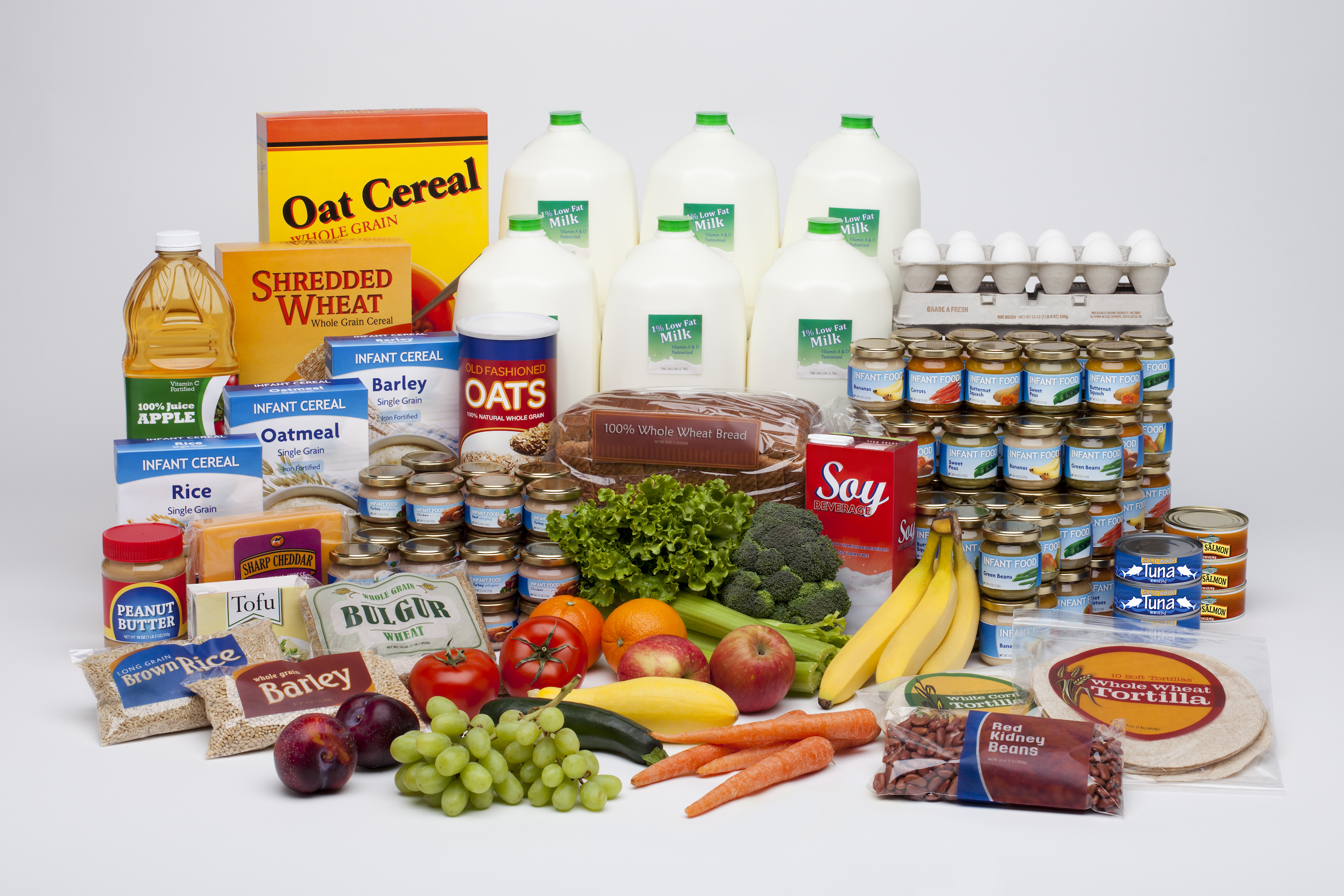The healthfulness of food and beverage purchases by participants in the federal Women, Infants, and Children food assistance program (WIC) increased after revisions in 2009 that were designed to improve the nutrition of low-income pregnant women, new mothers, and their young children, according to a new study by the Rudd Center for Food Policy and Obesity at the University of Connecticut.
“You really can see improvements in purchasing patterns. The WIC participants are buying healthier foods overall as a result of the changes introduced in 2009,” says Tatiana Andreyeva, associate professor of agricultural and resource economics and director of economic initiatives for the UConn Rudd Center, the lead author of the study.
The revisions, Andreyeva notes, were designed to be cost-neutral, so improving the healthfulness of participants’ food purchases is not expected to involve additional cost to taxpayers.
The study, published today in the journal Preventive Medicine, has implications for the health of low-income families and, potentially, the nation’s long-term health care costs. The USDA reports that more than half of all infants in this country participate in WIC. “People don’t realize how many families rely on WIC,” says Andreyeva.
“Our research shows that we can make a change to the food assistance program that improves nutrition outcomes of participants and doesn’t cost extra money – or might even save money in the long run,” she says. “We don’t have the data yet on the long-term effects of the program changes, but we can assume that a healthier diet equals improved health, and potentially lower health care costs down the road.”
Efforts to encourage healthy eating by people receiving federal food assistance through WIC are paying off. — Tatiana Andreyeva
The study involved data on grocery purchases from a large New England supermarket chain. Point-of-sale data were examined both before and after the 2009 WIC revisions for 2,137 WIC-participating households and 1,303 comparison low-income households. Each purchased food or beverage was assessed for its nutrition characteristics (e.g., sodium, saturated fat, and sugar content), to identify healthy and less healthy (or ‘moderation’) items.
Specifically, the study findings include:
- After the WIC revisions, the volume of healthy food purchased by WIC households rose by 3.9 percent, increasing the share of healthy foods in the overall food basket. New WIC subsidies for fruit, vegetables, and whole grains were responsible for the improvement.
- The biggest improvements were observed for purchases of moderation (less healthy) beverages, which declined by 24.7 percent in volume. The WIC revisions introduced restrictions on milk fat content, replacing whole milk (a moderation item) with low-fat or skim milk (a healthy item) for women and children participating in WIC. No similar improvements were seen for beverage purchases of comparison households.
“Overall, efforts to encourage healthy eating by people receiving federal food assistance through WIC are paying off,” Andreyeva says. “If sustained, these changes might have significant long-term effects on health care costs and productivity.”
Further revisions to WIC food packages are expected in the next several years. Andreyeva and other health advocates recommend not including 100 percent juice in WIC food packages because the extra calories are not needed. Instead, more money should be provided for fresh fruit and vegetables, she says.
The research was funded by a grant from the Institute for Research on Poverty RIDGE Center for the National Food and Nutrition Assistance Research program.



